Thesis Project
Exploring the Intersection of UX Design and Artificial Intelligence

Project Overview
In today's digital age, citizens increasingly rely on web-based tools to interact with public services—making usability, functionality, and efficiency essential to prevent user frustration. My thesis reimagines a core process for Rome's municipal platform by delivering a streamlined, user-friendly interface and by redesigning its underlying offline workflows, acknowledging that the line between digital and analog is now indistinct. This project goes beyond research: it's the story of how I investigated, prototyped, and tested a service-design solution that places citizens at the heart of every phase. Ultimately, it outlines a vision for a truly human-centric digital society.
Research Process
01. Literature Review & Analysis
In this phase, I conducted a critical review of the core domains of Service Design, Customer Experience, User Journeys, Usability, Design Thinking, and the SCAMPER method. I examined both theoretical and practical paradigms for crafting tangible services from intangible elements, mapping quality metrics and international benchmarks to identify best practices in the public sector.

02. User Research & Data Collection
To empathize with real users, I performed a hands‑on journey: from creating an SPID with various providers to navigating the Rome City portal. I recorded timings, clicks, pain and delight points, and captured screenshots of key obstacles (e.g., lengthy OTP activation and complex information architecture). These qualitative and quantitative insights directly informed the next stages of my design.
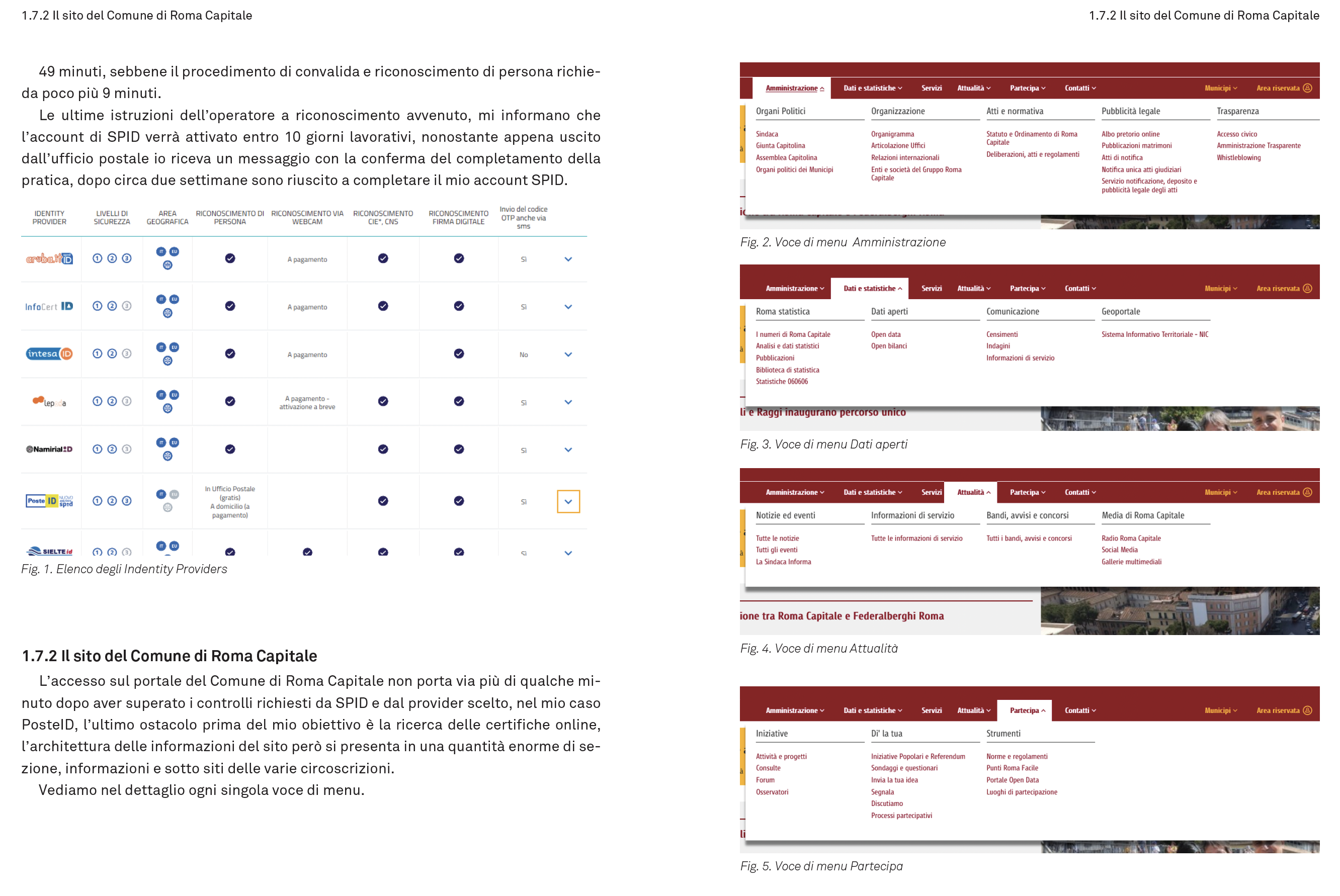
03. Framework Development
Based on the insights gathered, I defined a new service framework:
- A unified, modular authentication system (free and premium tiers)
- A simplified information architecture with a streamlined navbar and platform consolidation
- Cross‑channel integration between the institutional site and the "Online Services" area
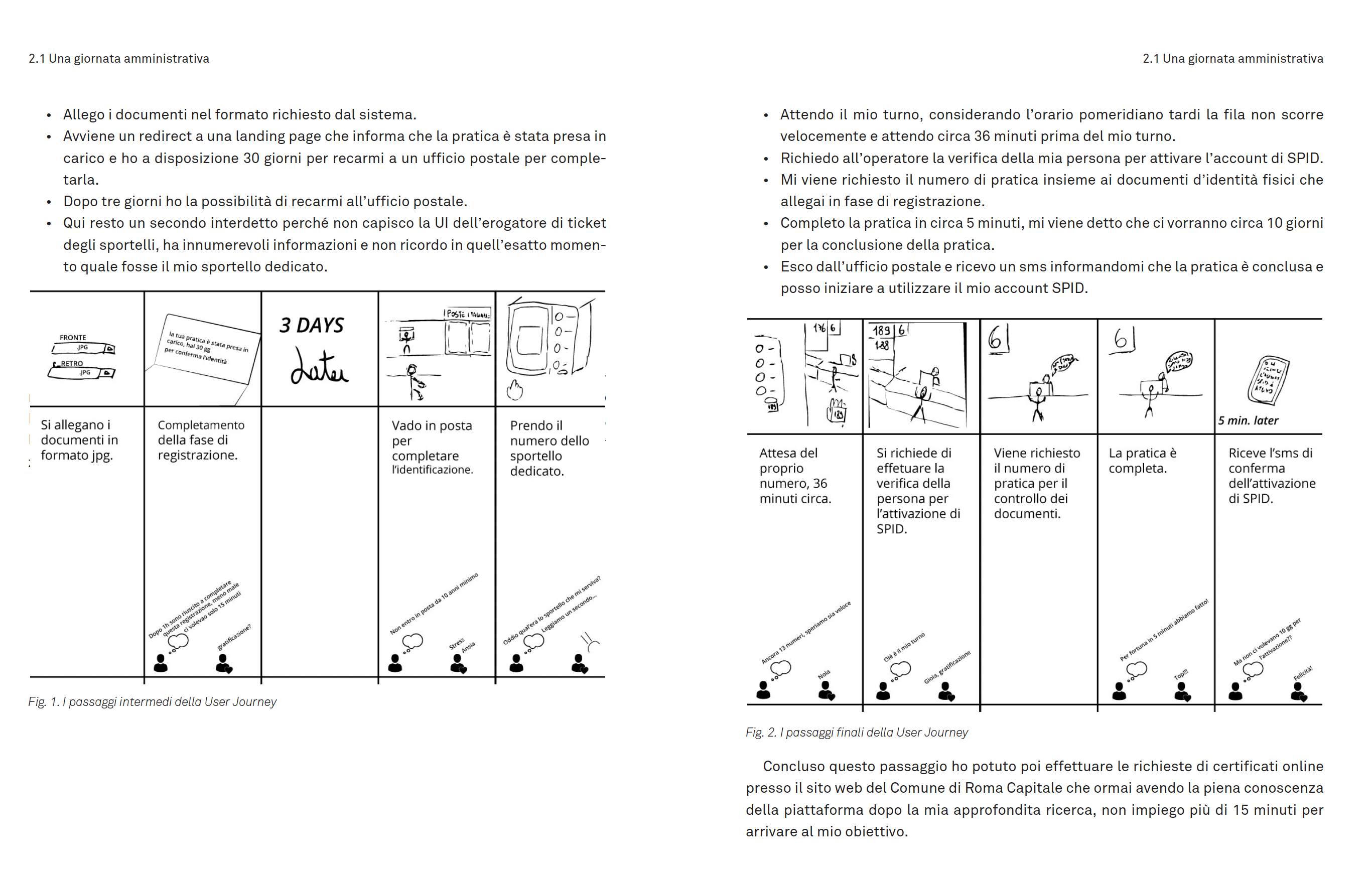
04. Prototype
I created low‑fidelity paper wireframes to test flows and content hierarchy, then built high‑fidelity interactive mockups in HTML/CSS. Each iteration underwent rapid usability tests, allowing me to fix labeling errors, refine screen layouts, and optimize calls to action.
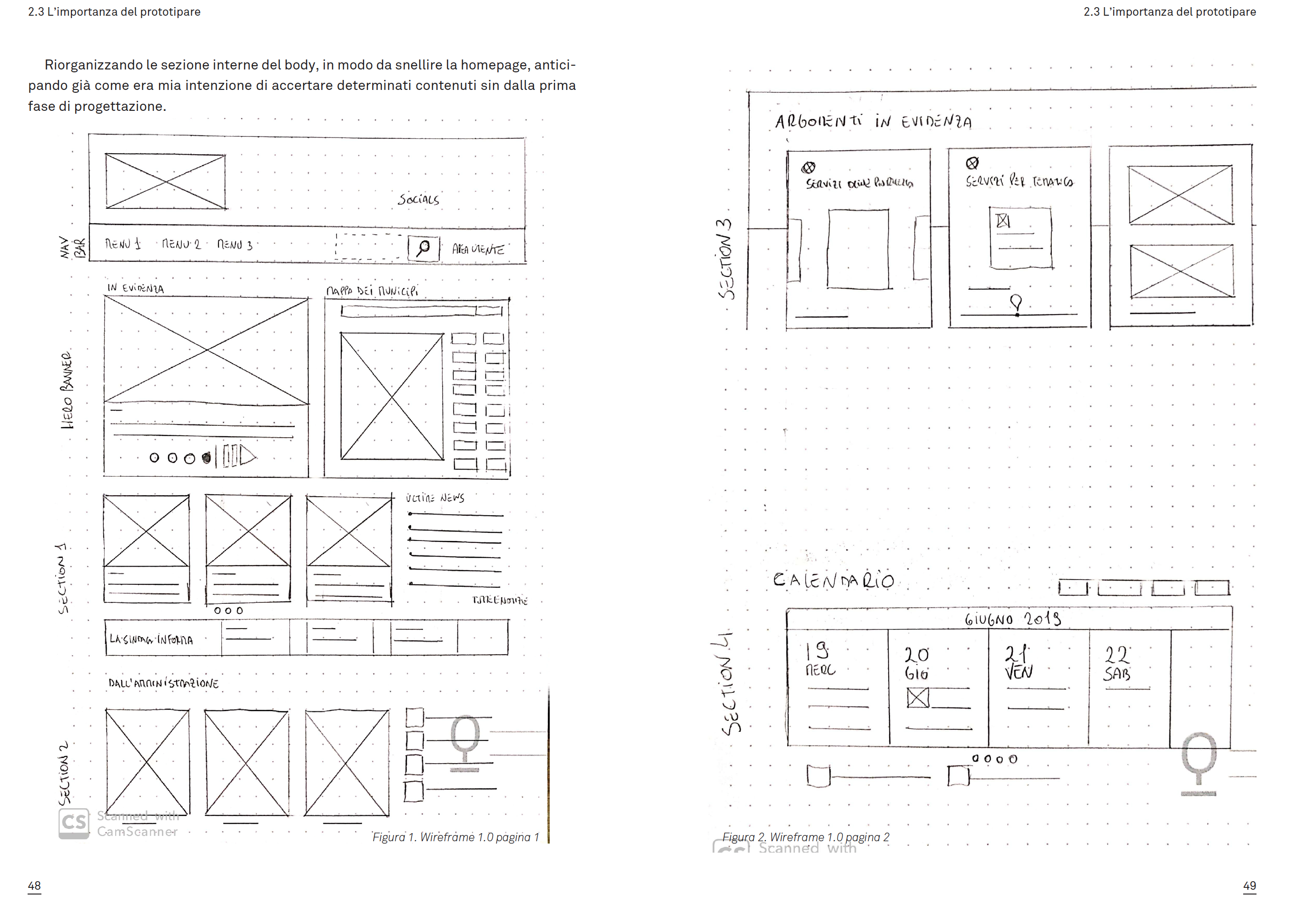
05. New user-journey
After initial prototype tests, I mapped the optimized user journey:
- Reduced clicks from 12–16 down to just 4 steps to download a certificate
- Eliminated redundant steps and navigation dead‑ends
- Added contextual overlays to guide users through access and payment flows
This phase validated the new flow's effectiveness in practice.
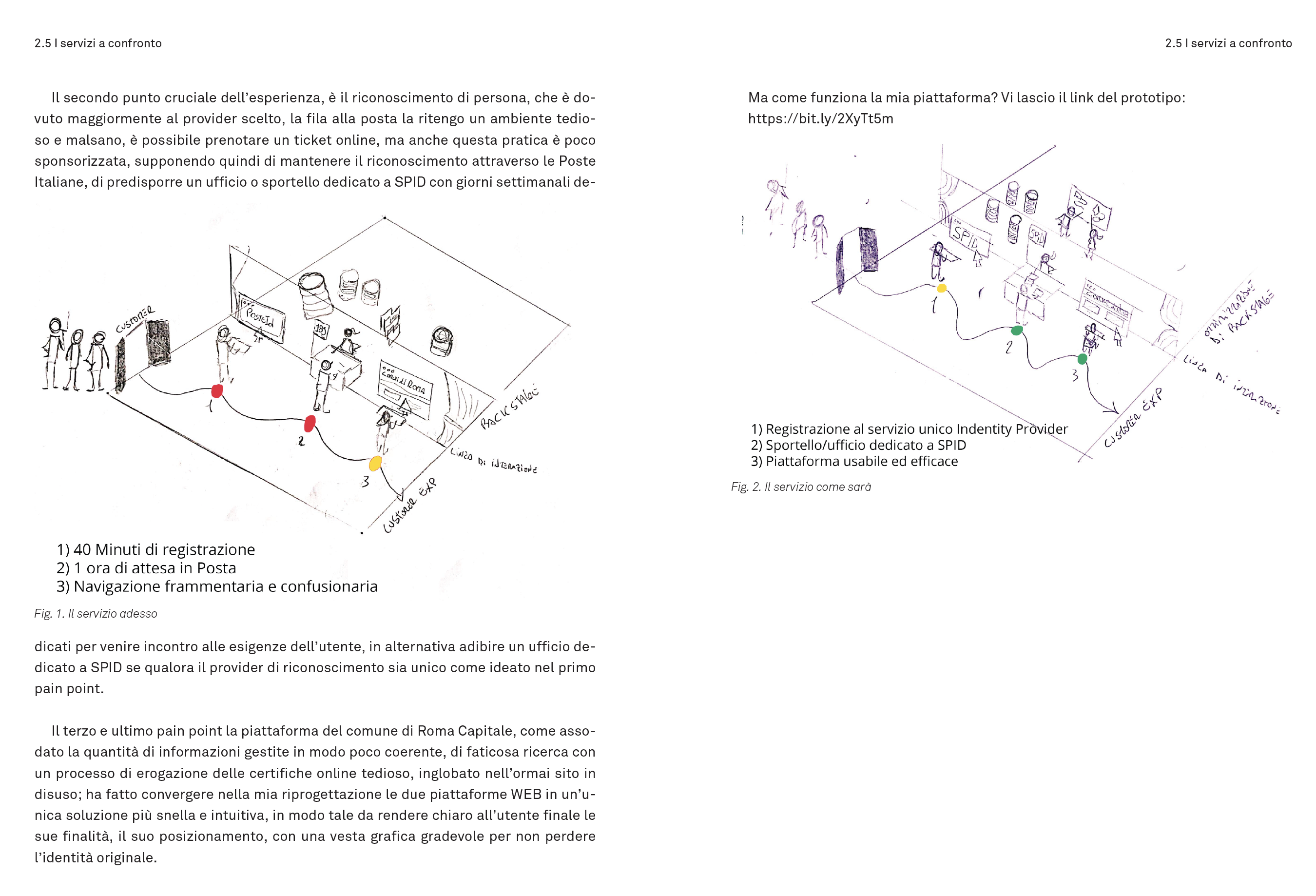
06. Final design
The end result is a clean, modular homepage featuring an interactive hero banner, a municipality map, a "Most Requested Services" slider, and an events calendar. The "Online Services" section now appears in a two‑column layout: quick links on the left and SPID access on the right. The user profile is highlighted with an avatar, and the redesigned certificates panel offers clear, consistent visual hierarchy.
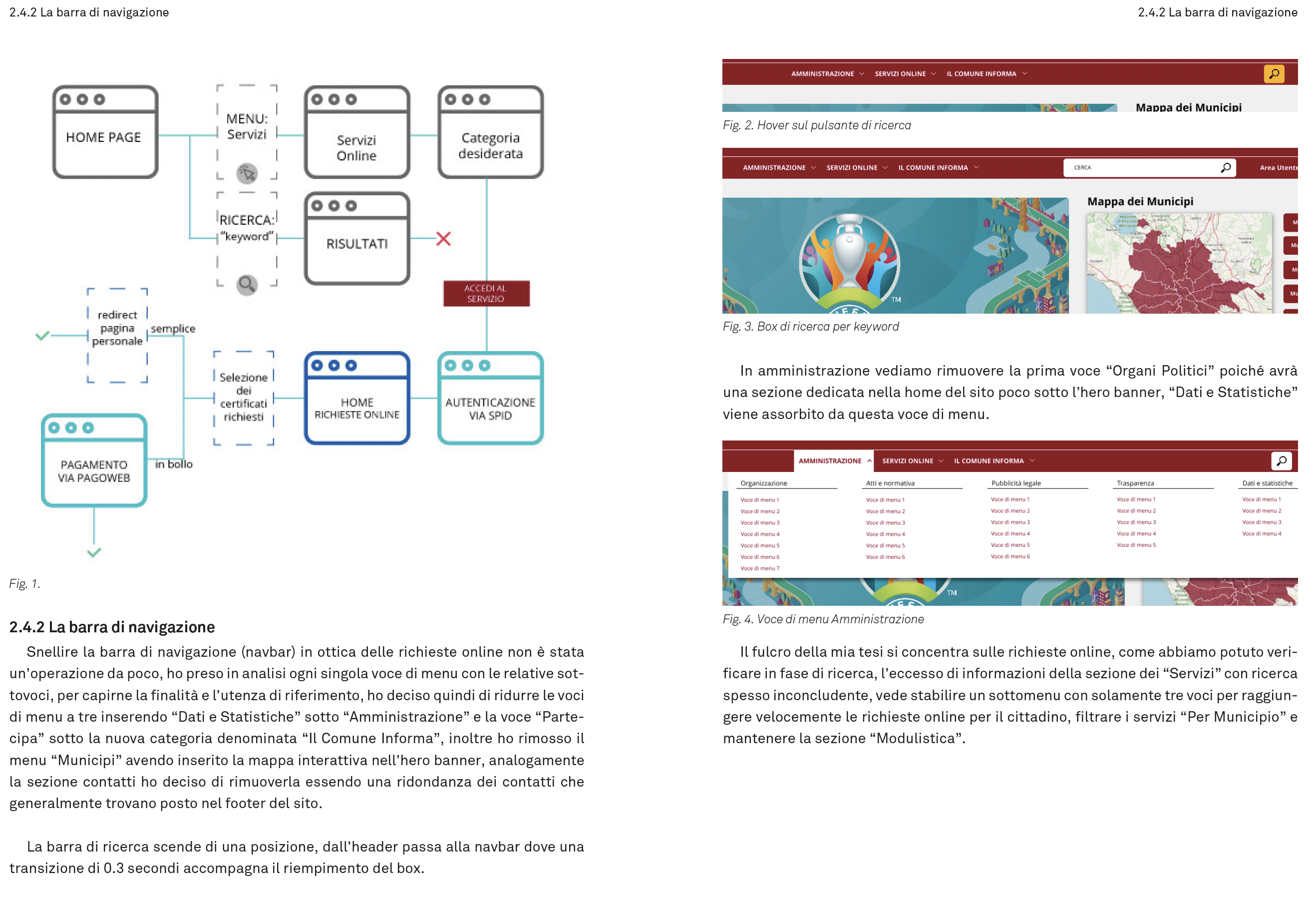
Vision
I envision a future where public services seamlessly blend human-centric design with cutting‑edge technology. Imagine a unified national platform accessible through wearable devices and AR interfaces, where authentication is instantaneous and privacy is respected by design. AI‑powered assistants like PA.IR transform bureaucratic interactions into natural conversations, guiding citizens through every step—whether retrieving certificates, checking transit status, or managing personal data. In this world, data transparency and ethical big‑data practices empower individuals, fostering trust and enabling each person to shape their digital identity from birth. The result is a truly inclusive, efficient society where technology amplifies human potential rather than replacing it.
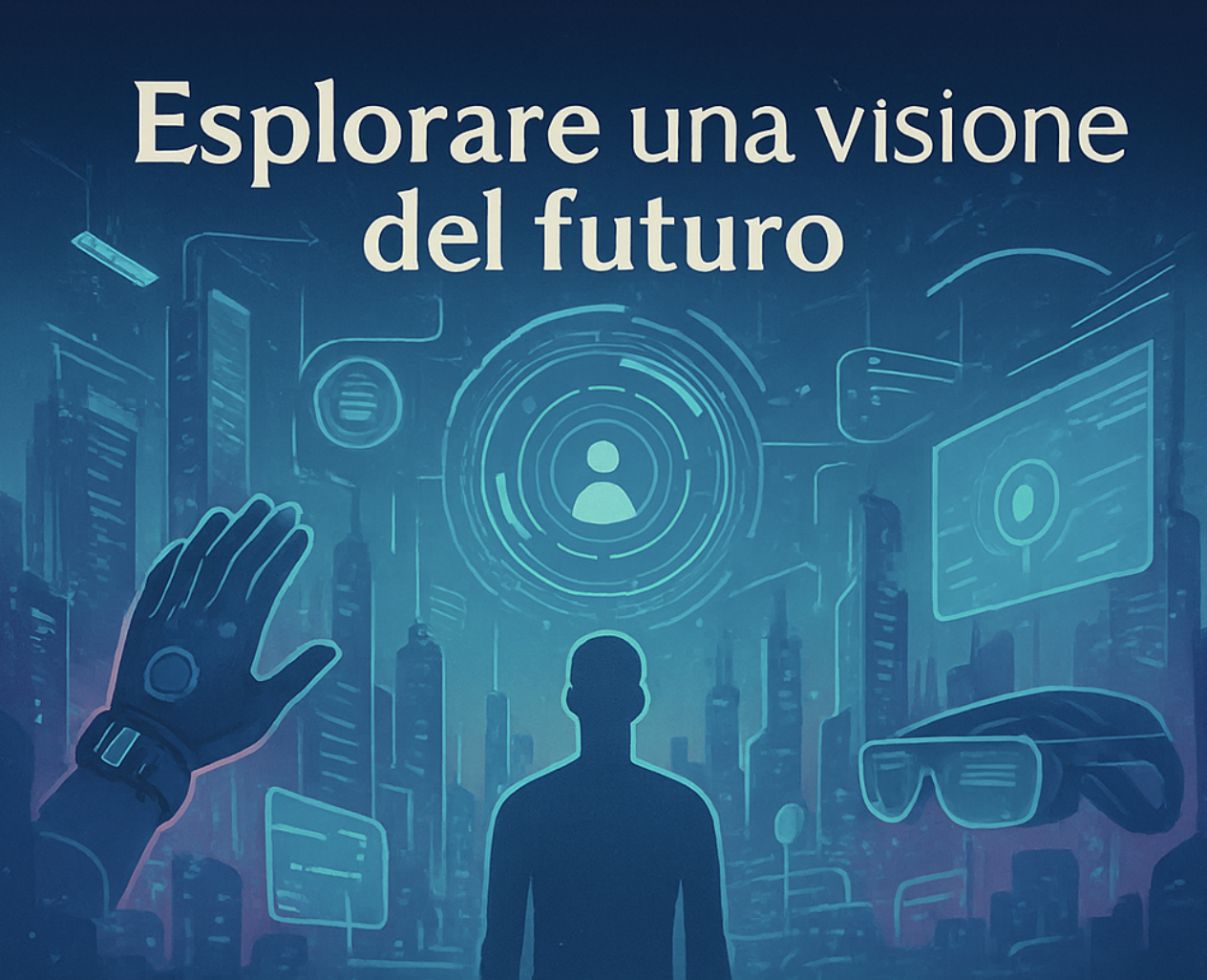
Reflection
This project has reinforced my belief that effective service design hinges on deeply understanding real user needs and pain points. By mapping each interaction—down to the clicks and cognitive load—I learned how small obstacles can undermine trust and accessibility. Iterative prototyping and usability testing taught me the value of rapid feedback loops, ensuring that every design choice directly addresses user challenges. Most importantly, I've grown to see design not just as aesthetics or functionality, but as a bridge between institutions and people—a responsibility to humanize complex systems and deliver experiences that genuinely serve the public good.
Project Resources
Access the complete thesis documentation and research findings.